Duration: 14:40:54 | Video: h264, yuv420p 856 x 480| Audio: aac, 44100 Hz, 2 ch | 7.49 GB
Genre: eLearning | Language: English
In the last 100 years, the world has undergone a tremendous revolution made possible by advances in modern electronics. Electronic devices—which manipulate electrons or their associated fields in fundamental ways to produce a useful effect—have provided us with ubiquitous, massive computational power; allow us to communicate nearly instantly with loved ones across the globe; can flawlessly record, safeguard, and display information; and provide us with tremendously precise control of manufacturing devices and medical instruments. They are fundamental to our global economy, improve our lives immeasurably, and underlie virtually every aspect of modern life. Yet very few of us have any idea of how electronic devices actually work.
In fact, these increasingly complex devices, which seem nearly magical to us, operate on a few basic principles that are both fascinating and easy to understand. Now, in Understanding Modern Electronics, award-winning Professor of Physics Richard Wolfson provides a working explanation of the principles that govern electronic circuits, then shows these principles in action with devices you use every day. In 24 clear and easily accessible lectures, Professor Wolfson combines his academic expertise, including many years of teaching electronics at Middlebury College, and his lifelong avocation as an electronics hobbyist to examine how these remarkable devices work, bypassing much of the higher mathematics without sacrificing functional and theoretical understanding. Whether you’re an aspiring engineer, an enthusiastic tinkerer, or simply intellectually curious, this course will demystify the behavior and inner circuitry of electronic devices and inspire you to see technology in a whole new light.
Meet the Usual Suspects
Modern electronics emerged from electro-mechanical technology such as wires, motors, batteries, and switches with the invention of the vacuum tube—a device that made it possible to amplify electrical signals. This spectacularly useful function, which underlies the entire field of electronics, made possible the development of radio technology and long distance telephony. Over the last century, scientific theory and practical engineering have been combined to produce or adapt a host of similarly useful components that are employed in modern electronics. In this course, Professor Wolfson will introduce:
– the transformer, a component used to transfer energy between two electrical circuits, which can convert high voltage from an electrical outlet to low voltage that can be used in an electronic device;
– the transistor, which replaced the bulky vacuum tube, and can be used to both amplify and switch electronic signals;
– the capacitor, a component which stores energy and electric charge;
– the diode, a component that allows electric current to flow in one direction only; and
– the resistor, which restricts the flow of current and lowers voltage levels within electronic circuits.
You’ll also learn about the mysterious and highly important physical materials known as semiconductors, so named because their ability to carry electric current is in between a conductor like copper or aluminum and an insulator like glass or paper. Semiconductors are used to make diodes, transistors, and other components. These intriguing materials, like silicon or gallium arsenide, are usually crystalline inorganic solids that can be “doped” with other materials to give engineers precise control over their electrical properties.
The Analog Level
With these basic building blocks and others, electrical engineers can assemble a wide variety of circuits—interconnected groups of electronic components that create devices with specific functions. Professor Wolfson presents live, in-studio demonstrations of many commonly used circuits, teaching you the basics of circuit construction along the way. You’ll
– learn how to read a circuit diagram, the specialized, yet easy-to-decipher, technical drawings that allow engineers to create a blueprint of a circuit;
– become familiar with instruments such as voltmeters, multimeters, oscilloscopes, and others that engineers use to measure the three basic properties exhibited by electrons in a circuit—current, voltage, and resistance;
– learn the role played by transistors in controlling electric currents;
– understand why and how capacitors can be employed to reduce and filter electronic “noise” in circuits; and much more.
After learning the basics of circuits, you’ll put your newfound knowledge to work as Professor Wolfson walks you through the process of building a basic audio amplifier, complete with volume control! You’ll also be introduced to an important component known as an operational amplifier, understand the math behind electronic feedback, examine the action and importance of comparators, and a whole host of other analog electronic concepts.
The Digital Level
Of course, if analog electronic devices were the only types that existed, we’d still be living with 1950s technology. In the last part of the course you’ll explore how voltages in digital circuits represent just two discrete states: 0 and 1. From this base-2 or “binary” number system, the entire world of computers was born. You’ll discover how logic gates (which are composed of transistors operating as electronic switches) and truth tables (which are mathematical diagrams that show all possible outputs from all possible combinations of inputs) combine to form the basis of computer logic. And you’ll learn of the importance of “flip-flop” circuits—versatile circuits that
– “remember” their current states and form the basis of computer memory;
– can be used to count things; and
– can be used to facilitate communications between computers and other electronic devices.
Electronics Made Accessible
By leaving much of the rigorous mathematics to the textbooks, your education in modern electronics will take a practical approach from the very beginning. Understanding Modern Electronics discusses the subject on a conceptual level of how and why things work. An accomplished physicist, lifelong electronics hobbyist, and a popular Great Courses veteran, Professor Wolfson steadily leads you through these 24 interactive lectures. He starts by introducing the symbols for basic components used in circuits, explores how these components behave, adds the all-important transistor, and then constructs, amplifiers, logic gates, counting circuits, computer memory, and much more. Math is kept to a minimum, and involves at most basic algebra.
Understanding Modern Electronics also provides the tools necessary for ambitious learners to get hands-on experience with the workings of electronics and build their own devices using inexpensive and readily available components. The course uses animated circuit diagrams that add an additional layer of visualization not available in textbooks or even most classrooms. You’ll be provided with example problems and small projects to try, using a pen and paper or online circuit simulators. You’re free to work through the solutions on your own to test your skills, or work alongside Professor Wolfson.
So if you’re a “maker” who’s eager to improve your understanding of electronics, a computer science or engineering buff looking for a new challenge, or one of the many people who use electronic technology every day and want to better understand how these “magical” devices work, Understanding Modern Electronics is the course for you!
24 Lectures:
1 Electricity and Electronics
2 Circuits and Symbols
3 Instruments and Measurement
4 AC versus DC
5 Up the Treble, Down the Bass!
6 Semiconductors—The Miracle Material
7Transistors and How They Work
8 Transistors as Amplifiers
9 Building an Audio Amplifier
10 The Ideal Amplifier
11 Feedback Magic
12 Electronic Feedback
13 Amplifier Circuits Using Op-Amps
14 More Fun with Op-Amps
15 Using Op-Amps with Capacitors
16 Digital Versus Analog
17 Electronics Goes Digital
18 Flip-Flop Circuits
19 Shift and Divide—Your USB and Your Watch
20 Digital Memory
21 Digital Counters
22 Digital to Analog
23 Analog to Digital
24 Your Future in Electronics
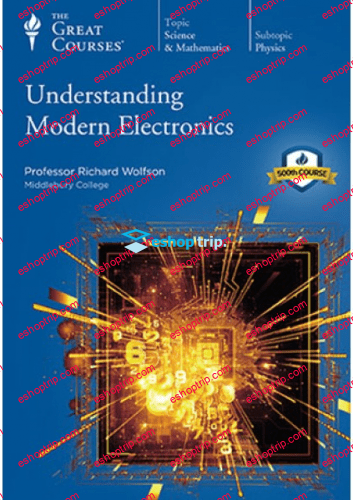


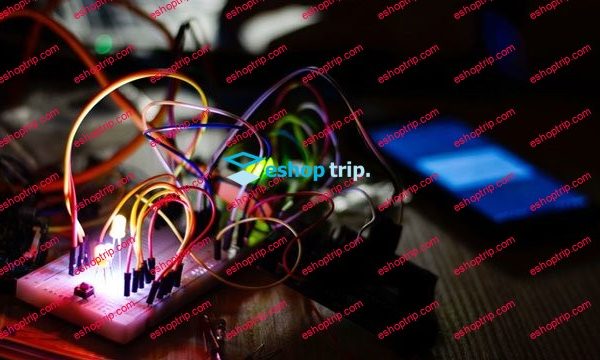

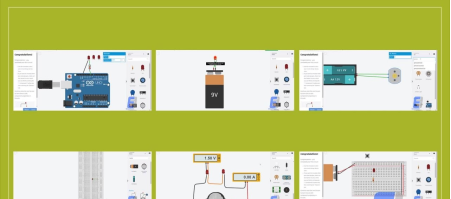
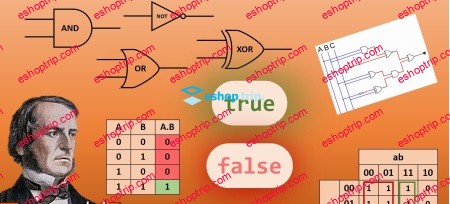
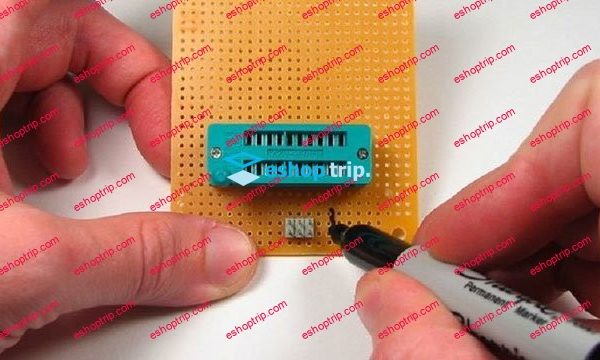
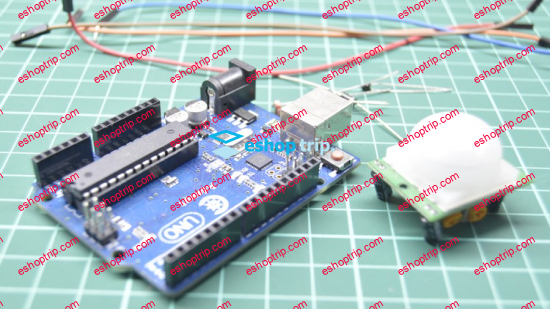


Reviews
There are no reviews yet.